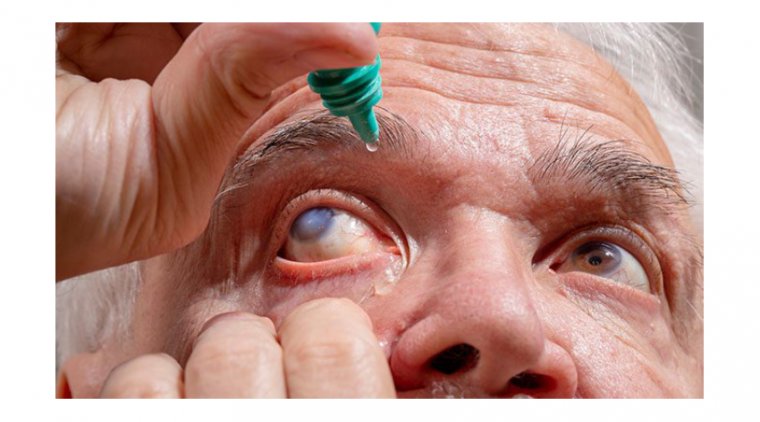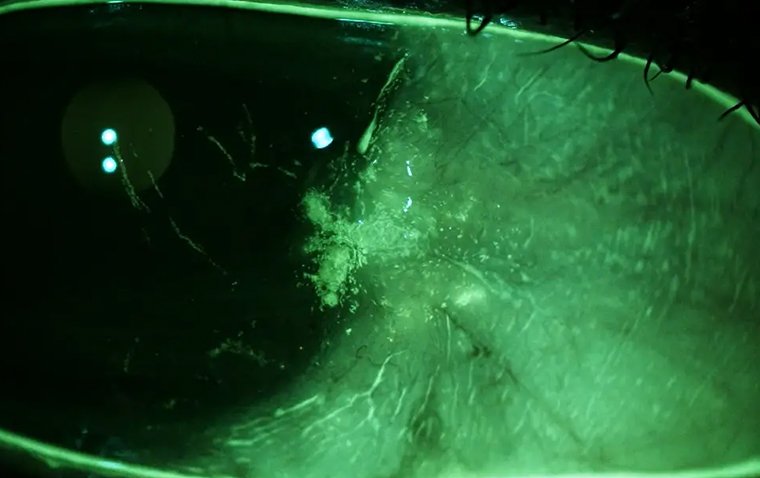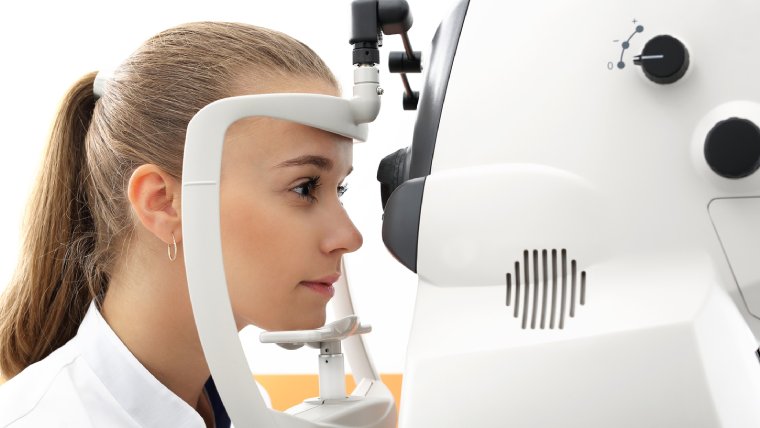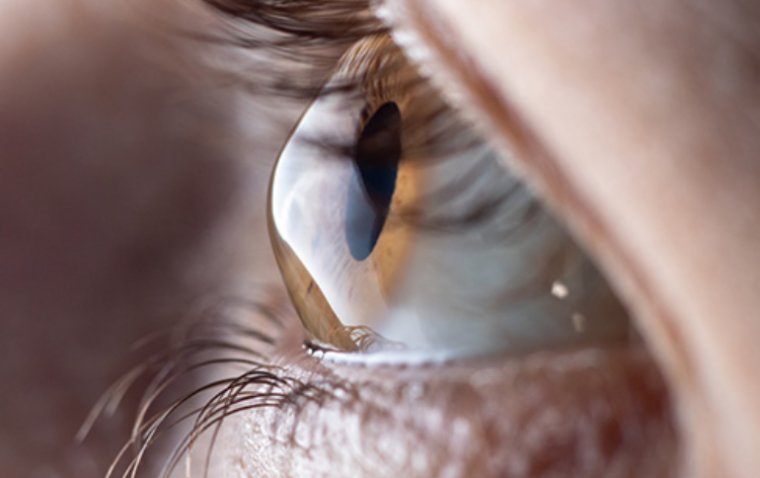
Eyelid Myokymia: Causes, Symptoms and Management
What is Eyelid Myokymia?
Eyelid myokymia is defined as a spontaneous, involuntary quivering or contraction of the eyelid muscle without moving the entire eyelid. This condition is distinctly different from other eye-related conditions such as blepharospasm, where there is a forceful closure of the eyelids, or ptosis, characterized by drooping of the eyelid.
Eyelid myokymia is a widely encountered phenomenon, affecting individuals of all ages and backgrounds. Despite its frequent appearance, it is generally considered non-serious and is often transient, resolving without the need for medical intervention.
Causes of Eyelid Myokymia
1. Stress and Fatigue
The link between stress and the manifestation of eyelid myokymia is well-documented. Stress can exacerbate or trigger the onset of twitching by affecting the nervous system, leading to increased muscle tension and spasms. Similarly, fatigue, both physical and mental, can contribute to this condition by straining the body's resources and affecting muscle control.
2. Caffeine and Stimulants
Excessive intake of caffeine and other stimulants has been shown to precipitate or worsen eyelid myokymia. These substances can stimulate the nervous system, leading to increased muscle activity and potentially triggering eyelid twitching.
3. Lack of Sleep
Insufficient sleep and poor sleep quality can significantly impact eyelid muscle function, leading to increased instances of myokymia. Sleep deprivation affects the body's ability to rest and regenerate, including the muscles and nervous system, making one more susceptible to twitching.
Symptoms of Eyelid Myokymia
Eyelid myokymia, often perceived as a benign yet bothersome condition, manifests primarily through several key symptoms that can influence daily life. Understanding these symptoms in detail not only helps in recognizing the condition but also assists in differentiating it from more severe disorders.
● Twitching Sensation
The hallmark of eyelid myokymia is the distinct sensation of twitching or fluttering of the eyelid. Individuals describe this feeling as a rapid, involuntary contraction and relaxation of the eyelid muscle, occurring without any rhythm or pattern. This sensation can be likened to a gentle tugging or pulsing under the skin of the eyelid, noticeable but typically not painful. The twitching is most often localized to one section of the eyelid, rarely encompassing the entire eyelid area.
● Duration and Frequency
The episodes of eyelid twitching associated with myokymia are usually short-lived, lasting from a few fleeting seconds to several minutes. Despite their brief nature, these episodes can recur sporadically throughout the day. The frequency and duration of twitching vary significantly among individuals, with some experiencing sporadic episodes over a few days, while others may notice a pattern of twitching that persists for weeks or intermittently reoccurs over time. Stress, fatigue, caffeine consumption, and lack of sleep can influence both the frequency and intensity of these episodes.
Impact on Vision and Daily Activities
While eyelid myokymia itself does not directly impair vision, the distraction caused by the constant twitching can temporarily affect visual tasks and daily activities. For instance, individuals may find it challenging to focus on screen-based work, read for prolonged periods, or engage in precise visual tasks due to the intermittent interruption caused by the twitching sensation. Additionally, the constant awareness of the twitch can lead to increased stress or anxiety, further exacerbating the condition. In most cases, however, the impact on vision and daily activities is minimal and more of a nuisance than a hindrance, with no long-term effects on ocular health.
Diagnosis and Differentiation
● Clinical Evaluation
Diagnosing eyelid myokymia typically involves a detailed patient history and a clinical examination. Health care professionals assess the characteristics of the twitching, its duration, frequency, and any associated factors that may contribute to its occurrence.
● Distinguishing from Other Conditions
It is crucial to differentiate eyelid myokymia from more severe conditions such as blepharospasm, hemifacial spasm, or neurological disorders. Such differentiation is essential to alleviate concerns and focus on appropriate management strategies.
How to Manage Eyelid Mykoymia
1. Lifestyle Modifications
Practical lifestyle modifications can significantly reduce the occurrence of eyelid myokymia. These include stress management, fatigue reduction, and improving sleep quality through regular sleep schedules and creating a conducive sleep environment.
2. Caffeine Reduction
Moderating caffeine intake by reducing consumption of coffee, tea, and other caffeinated beverages can help minimize the symptoms of eyelid myokymia.
3. Warm Compresses and Eye Care
Applying warm compresses to the affected eyelid can soothe the twitching muscles, providing temporary relief. Additionally, maintaining overall eye health through regular breaks during screen time and proper lighting can prevent strain that may exacerbate myokymia.
When to Seek Medical Attention
There are circumstances under which seeking medical attention becomes imperative. Understanding when these symptoms transcend their usual nuisance level to potentially indicate a more serious condition is crucial.
If eyelid twitching persists for an extended period, notably longer than a few weeks, or if the symptoms intensify in frequency and severity, consulting a healthcare professional is advised. Additionally, if the twitching spreads to other parts of the face or body, it may signal a more complex neurological condition that requires professional evaluation. Healthcare providers can offer a thorough assessment to determine the cause of persistent or worsening symptoms and recommend appropriate treatment or management strategies. Individuals should also seek medical advice if the twitching is accompanied by redness, swelling, discharge, or any changes in vision, as these could be signs of an underlying eye condition rather than simple myokymia.
The importance of ruling out any potential underlying medical issues cannot be overstated. In some cases, eyelid twitching may be a symptom of a more significant health problem, such as neurological disorders, eye conditions, or even systemic diseases. A healthcare professional can conduct or order diagnostic tests to explore the possibility of such underlying causes.
These may include blood tests to check for deficiencies or imbalances, imaging studies to look at the brain and nerves, and other specialized tests to assess the function of the eye and surrounding structures. By identifying and treating any underlying issues, not only can the specific symptom of eyelid twitching be addressed, but overall health and well-being can also be improved.
How to Prevent Eyelid Myokymia
● Stress Management Techniques
Stress is a common trigger for eyelid myokymia, making effective stress management a crucial preventive strategy. Techniques such as mindfulness meditation, deep breathing exercises, and yoga can help manage stress levels by promoting relaxation and mental calmness. Regular participation in physical activities, such as walking, swimming, or cycling, can also serve as a stress reliever by releasing endorphins, the body's natural mood elevators. Moreover, organizing daily tasks, setting realistic goals, and taking regular breaks can prevent the accumulation of stress and reduce the risk of myokymia.
● Healthy Sleep Habits
Adequate and restorative sleep plays a vital role in preventing eyelid myokymia. Establishing a regular sleep schedule by going to bed and waking up at the same time every day helps regulate the body's internal clock, leading to better sleep quality. Creating a comfortable sleep environment—cool, dark, and quiet—can also enhance the quality of sleep. Limiting exposure to screens and electronic devices before bedtime is advisable, as the blue light emitted can interfere with the body's natural sleep-wake cycle. Additionally, adopting a relaxing bedtime routine, such as reading or taking a warm bath, can signal the body to wind down and prepare for sleep.
● Balanced Lifestyle
Maintaining a balanced lifestyle is essential for optimal eye health and preventing eyelid myokymia. This includes a diet rich in fruits, vegetables, and whole grains, which provide essential nutrients and antioxidants to support eye health. Hydration is also key; drinking adequate amounts of water throughout the day ensures proper muscle function and nerve transmission. Limiting the intake of caffeine and alcohol can help as well, as excessive consumption of these substances has been linked to increased instances of eyelid twitching. Finally, taking regular breaks during prolonged periods of screen use to rest the eyes can prevent eye strain and reduce the risk of myokymia.
Summary
Eyelid myokymia, while often concerning to those experiencing it, is generally a benign and transient condition. The key to managing and preventing eyelid twitching lies in understanding its causes and implementing practical lifestyle adjustments. By addressing factors such as stress, fatigue, caffeine intake, and sleep quality, individuals can significantly reduce the frequency and severity of myokymia episodes. However, persistent or worsening symptoms warrant consultation with a healthcare professional to rule out any underlying conditions. Adopting a balanced lifestyle not only aids in managing eyelid myokymia but also promotes overall eye health and well-being.
References:
https://myvision.org/eye-conditions/myokymia/
https://www.aoa.org/healthy-eyes/eye-and-vision-conditions/myokymia?sso=y
(1).jpg)










